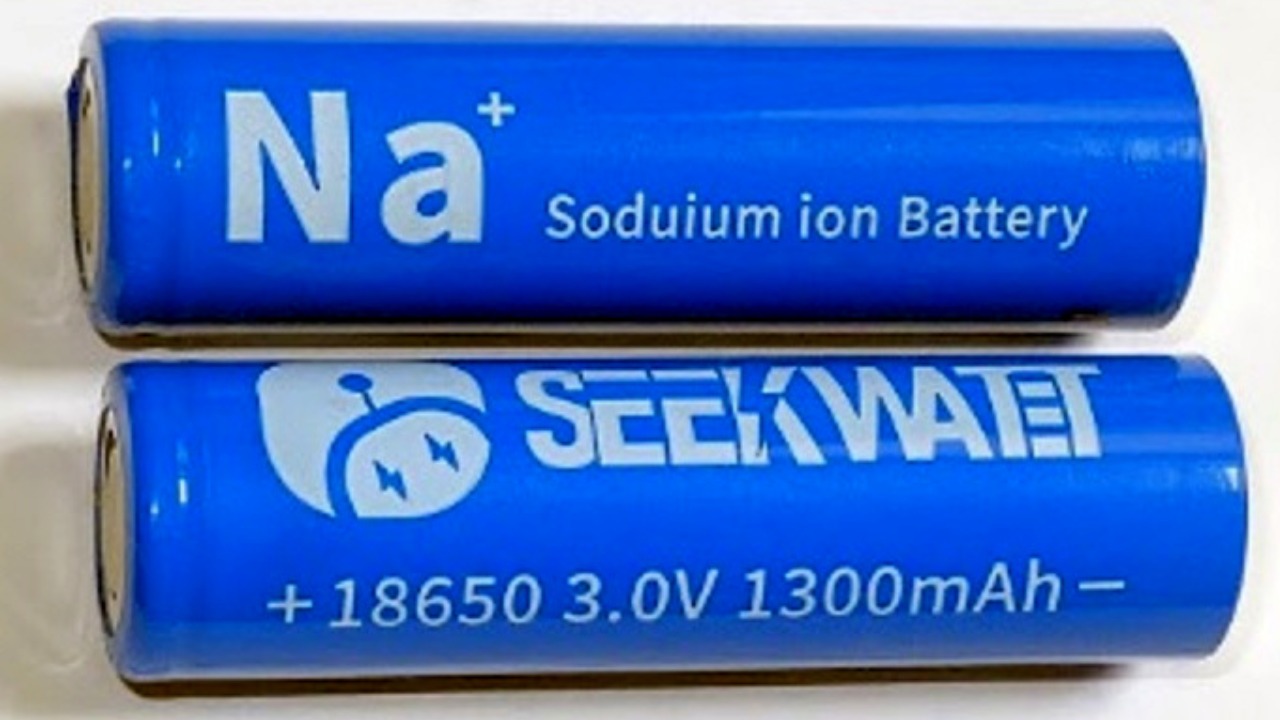
Sodium batteries, leveraging abundant sodium from salt, are emerging as a cheaper alternative to lithium-ion batteries while matching their power output. Recent breakthroughs have positioned them as a viable option for widespread adoption in electric vehicles and grid storage. As of October 17, 2025, these “salt batteries” are finally catching up in performance, promising significant cost reductions without compromising energy density. This shift is particularly timely given sodium’s global availability, potentially easing supply chain pressures on lithium resources. Science Daily.
The Advantages of Sodium Over Lithium
Sodium-ion batteries utilize sodium, which is far more abundant and cheaper to source than lithium, potentially reducing battery costs by up to 30% compared to current lithium-ion technologies. This cost efficiency is a significant advantage, especially in the context of the growing demand for batteries in electric vehicles and renewable energy storage. The abundance of sodium means that these batteries can be produced without the geopolitical and environmental concerns associated with lithium mining. New Scientist.
In terms of performance, sodium-ion batteries maintain comparable energy density and power delivery to lithium-ion batteries. This means they can deliver similar performance in applications like smartphones and electric vehicles without relying on rare earth materials. The ability to match the energy output of lithium-ion batteries while using more readily available materials makes sodium-ion technology a promising alternative for future battery applications. Science Daily.
Moreover, the production of sodium batteries requires less energy-intensive processes, further lowering manufacturing expenses and making them economically attractive for mass-market scaling. This reduction in energy consumption during production not only decreases costs but also aligns with global efforts to reduce carbon footprints and promote sustainable manufacturing practices. Top Speed.
Recent Breakthroughs in Sodium Battery Technology
On November 26, 2024, advancements in sodium battery design improved cycle life and charging speeds, bringing them closer to commercial viability for everyday consumer electronics. These improvements are crucial for consumer acceptance, as they address common concerns about battery longevity and charging convenience. The enhanced cycle life means that sodium batteries can be recharged many times without significant degradation, a key factor for devices that require frequent charging. New Scientist.
Researchers have developed layered oxide cathodes for sodium-ion cells that achieve energy densities rivaling lithium counterparts, with prototypes demonstrating over 200 Wh/kg capacity. This development is a significant milestone, as it shows that sodium-ion batteries can meet the energy demands of high-performance applications. The ability to achieve such high energy densities makes sodium batteries a competitive option for industries that require powerful and efficient energy storage solutions. Science Daily.
Integration of hard carbon anodes has enhanced sodium batteries’ stability, allowing them to withstand thousands of charge cycles with minimal degradation. This stability is essential for ensuring the reliability and longevity of batteries in various applications, from consumer electronics to electric vehicles. The use of hard carbon anodes not only improves the durability of sodium batteries but also contributes to their overall performance and efficiency. Top Speed.
Environmental and Sustainability Benefits
Sodium batteries rely on salt-derived materials, which are non-toxic and recyclable, reducing the environmental footprint compared to lithium mining that often involves water-intensive and polluting processes in regions like South America’s “Lithium Triangle.” This environmental advantage makes sodium batteries a more sustainable choice, as they minimize the ecological impact associated with battery production. The recyclability of sodium batteries further enhances their sustainability, as it allows for the recovery and reuse of materials, reducing waste and resource consumption. New Scientist.
By decreasing dependence on geopolitically sensitive lithium supplies, sodium technology supports a more sustainable global energy transition, with lower carbon emissions during production. This shift not only addresses supply chain vulnerabilities but also aligns with international efforts to reduce carbon emissions and combat climate change. The widespread adoption of sodium batteries could play a crucial role in achieving global sustainability goals by providing a cleaner and more reliable energy storage solution. Android Authority.
These batteries contribute to planetary health by minimizing habitat disruption from raw material extraction, as sodium sources are widely distributed without the ecological risks of lithium brine evaporation ponds. The broad availability of sodium means that its extraction does not concentrate environmental impacts in specific regions, reducing the risk of habitat loss and biodiversity threats. This aspect of sodium battery technology underscores its potential as a more environmentally friendly alternative to traditional lithium-ion batteries. Science Daily.
Sodium in the Broader Landscape of Battery Alternatives
Among seven key lithium-ion alternatives outlined on March 23, 2025, sodium-ion stands out for its scalability and compatibility with existing manufacturing lines, positioning it ahead of solid-state or zinc-based options in near-term deployment. This compatibility with current manufacturing infrastructure means that sodium batteries can be integrated into existing production processes without significant modifications, facilitating their rapid adoption and deployment. Android Authority.
Compared to other next-gen chemistries like magnesium or aluminum-ion, sodium offers better room-temperature performance and faster market readiness, as highlighted in December 21, 2024 analyses of emerging technologies. The ability to perform well at room temperature is a critical factor for many applications, as it ensures that sodium batteries can operate efficiently in a wide range of environments. This characteristic, combined with their readiness for market introduction, makes sodium batteries a promising contender in the race to develop the next generation of energy storage technologies. Top Speed.
Sodium batteries complement innovations in flow and metal-air batteries, providing a balanced mix of cost, safety, and efficiency for diverse applications from portable devices to renewable energy storage. This versatility makes sodium batteries an attractive option for a variety of sectors, as they can meet the specific needs of different applications while maintaining a focus on sustainability and cost-effectiveness. The ability to integrate sodium batteries into a broader energy storage landscape highlights their potential to contribute to a more resilient and sustainable energy future. New Scientist.